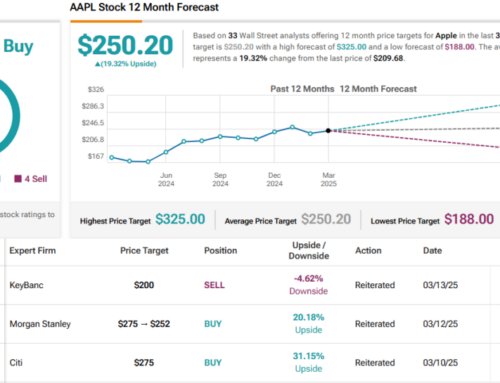The Ultimate Guide to Investing in UPS for Maximum Returns
February 9, 2025
UPS (UPS -0.32%) has a fascinating value proposition. Based on management’s guidance, the stock is an excellent value, but can UPS meet its leadership’s expectations?
While that question won’t be answered in full until at least the second half of 2026, the good news is that investors can use a host of data to monitor events and judge whether the stock is worth investing in.
The value proposition at UPS
As noted, based on the company’s guidance, UPS is a great value. Management’s guidance for 2025 calls for revenue of $89 billion with an adjusted operating profit margin of 10.8% compared to 9.8% in 2024, implying an 8% improvement in adjusted operating profit in 2025. In addition, management expects $5.7 billion in free cash flow (FCF).
Based on Wall Street estimates and management’s guidance, UPS currently trades at 14 times 2025 earnings, and 16.6 times 2025 FCF.
These are attractive multiples in themselves, and even more so for a company that could end 2025 with strong momentum in expanding profit margins and having successfully strategically readjusted its business for growth.
UPS restructures
It’s one thing to see a company at an attractive valuation, and it’s another thing to believe in the numbers that make the valuation. In UPS’s case, there’s a dose of skepticism about its ability to meet its guidance due to the complexity of the changes ahead.
In a nutshell, UPS has agreed with its largest customer, Amazon (responsible for 11.8% of total company revenue in 2024), to reduce its Amazon deliveries by 50% by the second half of 2026. Also, UPS is bringing SurePost deliveries in-house and away from the United States Postal Service (USPS).

Image source: Getty Images.
The Amazon move makes perfect sense on paper, and it’s not without precedent — FedEx has also reduced its Amazon deliveries. The reasoning behind FedEx’s previous move and UPS’s current move is the same: reduce lower-margin Amazon deliveries and improve margins in the process.
With the reduction in Amazon volumes negatively impacting revenue but positively impacting margins, Wall Street sees UPS revenue in 2026 comparable to the $91.1 billion in 2024, but with earnings per share up from $7.72 in 2024 to $8.89 in 2026.
UPS faces challenges
However, getting to the numbers won’t be a walk in the park. UPS will need to reconfigure its network significantly. In the words of CEO Carol Tomé on the recent earnings call, UPS will launch “multiyear initiatives we’re calling Efficiency Reimagined, which tackle our processes from end to end, from peak hiring practices to processing payments and more. Efficiency Reimagined should drive approximately $1 billion in savings.”
CFO Brian Dykes acknowledged that UPS would have to “bring the fixed asset base, the buildings, the vehicles, the aircraft, in line with the new volume levels.” Given the scale of UPS’s Amazon-based deliveries, it’s clear that UPS has a challenge ahead, not least at a time when the U.S. small package market remains in low growth mode.

Image source: Getty Images.
Monitoring progress at UPS
Ultimately, we won’t know whether UPS will succeed until 2026. Still, investors can monitor progress, and the key number to follow is the progression of its U.S. domestic segment margin because it’s the segment where the changes are due to be enacted. UPS expects its U.S. domestic package segment adjusted operating margin to expand from 7.5% in 2024 to 8.8% in 2025, and then to hit 12% by the end of 2026.

Image source: Getty Images.
It’s a dramatic improvement and fits into UPS’s “better, not bigger” framework. Combined with an ongoing focus on growing deliveries in targeted markets like healthcare and small and medium-sized businesses (SMBs), UPS aims to focus on its most profitable deliveries.
Is UPS a buy?
Dykes told investors to expect growth in its U.S. domestic operating margin in every quarter through 2025, which will then accelerate in 2026 — he promised to lay out details on the next earnings call.
As such, if you want to invest in UPS, you should monitor its progress on this metric. If UPS hits its targets, the stock is likely to appreciate substantially.
John Mackey, former CEO of Whole Foods Market, an Amazon subsidiary, is a member of The Motley Fool’s board of directors. Lee Samaha has no position in any of the stocks mentioned. The Motley Fool has positions in and recommends Amazon and FedEx. The Motley Fool recommends United Parcel Service. The Motley Fool has a disclosure policy.
Search
RECENT PRESS RELEASES
Related Post




